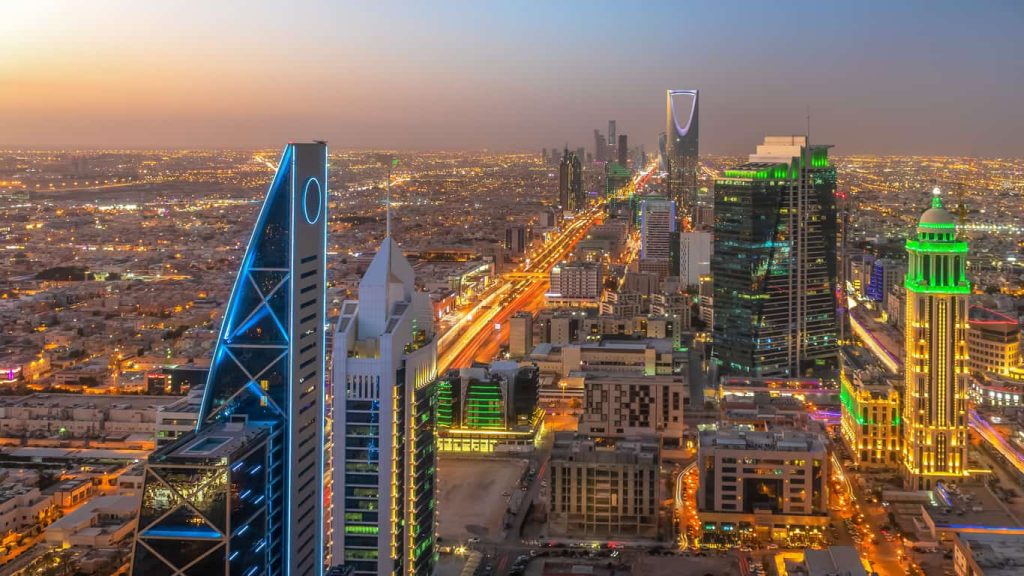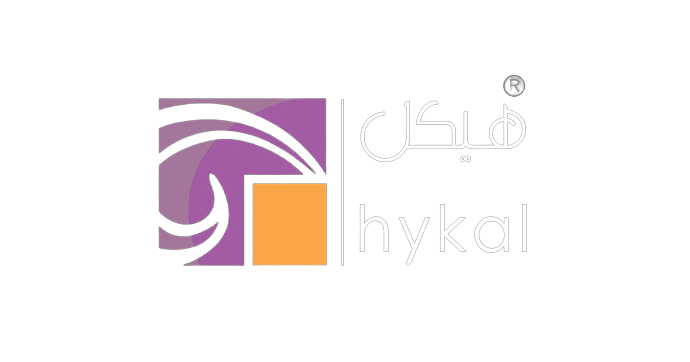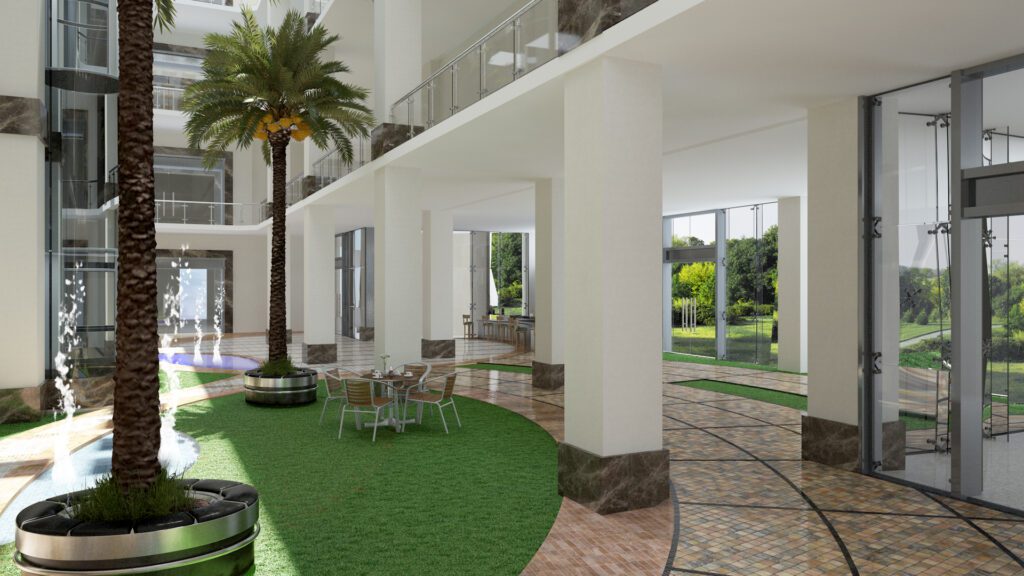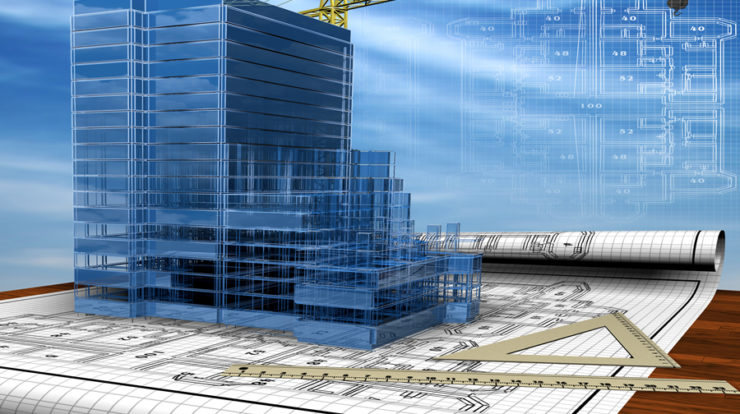Innovative Architecture in Saudi Arabia: Blending Tradition with Modernity
Innovative Architecture in Saudi Arabia: Blending Tradition with Modernity
Saudi Arabia is a country with a rich cultural legacy that is also embracing modernity at a quick pace. The architectural landscape is changing as the nation goes through a transformational moment, creatively fusing heritage and modernity. Saudi Arabian architectural firms are leading the way in this movement, demonstrating their talent and inventiveness in building monuments to the country’s heritage while incorporating cutting-edge design concepts. In this essay, we examine the astonishing fusion of history and modernity in Saudi Arabian
Preserving Heritage: A Tribute to the Past
Saudi Arabia has a deep respect for its historical and cultural heritage, and this adoration for the past is frequently seen in the country’s architecture. Many of the nation’s architectural endeavours include traditional aspects into their designs in an effort to preserve and exhibit the country’s rich past. This strategy is demonstrated by the preservation of historic sites like Al-Ula and Diriyah and their integration into contemporary constructions like the NEOM megacity. Saudi Arabian architects honour the nation’s past while embracing its future by fusing traditional buildings with cutting-edge construction.
Modern Interpretations of Traditional Design
Saudi Arabian architects are coming up with creative methods to reinterpret classic design components in a contemporary setting, which is just as vital as maintaining cultural history. Architects create a harmonic fusion of the old and the new by incorporating traditional motifs, materials, and craftsmanship into modern buildings. For instance, the façade of the Kingdom Tower in Riyadh, a contemporary skyscraper, features classical Islamic calligraphy and geometric designs. This fusion of conventional aesthetics with contemporary practicality results in visually magnificent buildings that honour the country’s architectural heritage.
Sustainable Architecture: A Vision for the Future
The importance of sustainability in Saudi Arabian architecture has increased recently. To construct structures that are both energy-efficient and environmentally responsible, architects are incorporating environmentally friendly elements and technologies into their designs. Riyadh’s King Abdullah Financial District is a shining illustration of this dedication to sustainability. The district uses cutting-edge cooling and lighting systems, solar panels, and other energy-saving technologies to lower energy use and support renewable energy sources. Saudi Arabian architects are achieving the
nation’s overall environmental goals as well as building contemporary, effective structures by embracing sustainable practises.
Iconic Landmarks: Building a National Identity
Saudi Arabia is making investments in the construction of famous structures that act as markers of the country’s development and cultural identity. These engineering marvels contribute significantly to the development of the nation’s identity while also showcasing innovation and creativity. The breath-taking Abraj Al-Bait Clock Tower in Mecca is a prime example of a tower that skilfully combines conventional Islamic design features with contemporary high-rise architecture. The clock tower, which dominates the Holy Mosque, has emerged as a timeless representation of Saudi Arabia’s dedication to modernization and its status as a major Muslim travel hub. In addition to inspiring awe in the eyes of the world with their architectural prowess, these well-known landmarks also provide
Saudi Arabians a sense of pride by illuminating the rich history and aspirations of their nation.
Architectural Marvels: Pushing Boundaries
Saudi Arabian architects are renowned for pushing the limits of design and engineering to produce breathtaking structures that enthral visitors from all over the world. The Jeddah Tower, which is currently being built in Jeddah, is expected to surpass the Burj Khalifa in Dubai as the world’s tallest structure. This magnificent building exemplifies the nation’s ambition and dedication to pushing the boundaries of architectural possibility. The Jeddah Tower will stand as a tribute to Saudi Arabia’s ability to compete on a global scale and garner recognition for its architectural accomplishments with its elegant and cutting-edge design.

Cultural Centres: Fostering Creativity and Innovation
Saudi Arabia is investing in cultural institutions and centres that act as hubs for artistic expression and intellectual conversation in order to encourage creativity and innovation. These facilities serve as architectural marvels as well as locations for performances, exhibitions, and educational events. One notable illustration of modern architecture is the King Abdulaziz Centre for World Culture in Dhahran, often known as Ithra. Ithra has developed into a symbol of cultural enlightenment and a venue for supporting the arts in Saudi Arabia because to its distinctive geometric shapes and gorgeous façade.
Reviving Vernacular Architecture: Embracing Local Traditions
Along with cutting-edge and contemporary designs, vernacular architecture revival and integration
into modern projects are becoming increasingly valued. Traditional building methods and materials are being rediscovered and reimagined by Saudi Arabian architects and incorporated into contemporary construction. Architects design structures that are both culturally meaningful and environmentally considerate by taking cues from regional customs and modifying them to suit contemporary requirements. Traditional mud-brick structures can be turned into lively, useful areas while maintaining their historical and aesthetic significance. One example of this is the Al Ula Old
Town Restoration project.
Smart Cities: Embracing Technological Advancements
The idea of smart cities is being adopted by Saudi Arabia, which is utilising connection and technology to improve the quality of life for its citizens. For instance, the NEOM megacity project intends to build a future city powered by cutting-edge technologies and sustainable energy. NEOM is envisioned as a hub for research, entrepreneurship, and creative industries with an emphasis on sustainability and innovation. Saudi Arabia’s dedication to incorporating cutting-edge technology in its architectural endeavours is demonstrated through the incorporation of smart infrastructure, such as smart grids and autonomous transportation systems.
Collaboration and Global Influence
In order to produce architectural wonders that stand up to the greatest in the world, Saudi Arabian architects are actively working with foreign design firms. Because of the many viewpoints that are brought together through this partnership, structures that perfectly meld local customs with contemporary architectural trends have been produced. Saudi Arabian architects are improving their own talents and the world’s architectural landscape through exchanging information and experiences.
Conclusion
Saudi Arabia’s cutting-edge architecture is a monument to the nation’s rich history, futuristic outlook, and dedication to embracing technology. Saudi Arabian architects have done an excellent job of fusing history and modernity, maintaining the country’s cultural heritage while embracing sustainable practises, pushing the envelope, and building iconic structures. Saudi Arabian architecture firms such as HYKAL are reshaping the nation’s architectural landscape and leaving a lasting legacy for future generations to admire via their creativity, skill, and commitment to quality.





